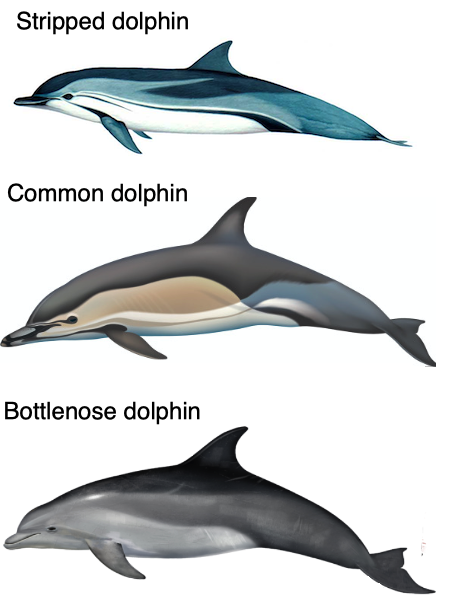
Thread: This is a detail of the griffin fresco (reproduction) from the throne room, palace of Knossos, Crete, dated to 1700-1450 BC.
In this shortish thread I would like to explain why I think that the flowers depicted around the lying griffin are sea daffodils...
In this shortish thread I would like to explain why I think that the flowers depicted around the lying griffin are sea daffodils...

To start, check this thread in which I showed that Minoans basically treated both the animals and plants they depicted together as calendar markers. For instance swallows nesting season overlaps with Madonna lily flowering season
https://twitter.com/serbiaireland/status/1446966196566478850
Then check this thread in which I explained why I believe griffin is not a mythical animal, but actually a complex animal calendar marker for autumn (Aug/Sep/Oct)...
https://twitter.com/serbiaireland/status/1447317538908540934
Now check this out: this is sea daffodil, a flower native to Crete. Compare it to the flowers depicted next to the griffin...Now the best bit is that sea daffodil flowers from Aug to Oct...Basically during autumn (Aug/Sep/Oct), the same period of the year marked by griffin... 

Now of course we can't be 100% sure the flowers depicted around the lying griffin are sea daffodils, but there are no other similar flowers that bloom in Crete in August...So...
• • •
Missing some Tweet in this thread? You can try to
force a refresh













